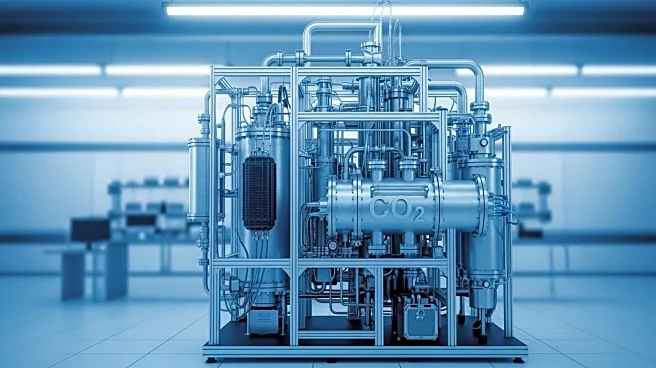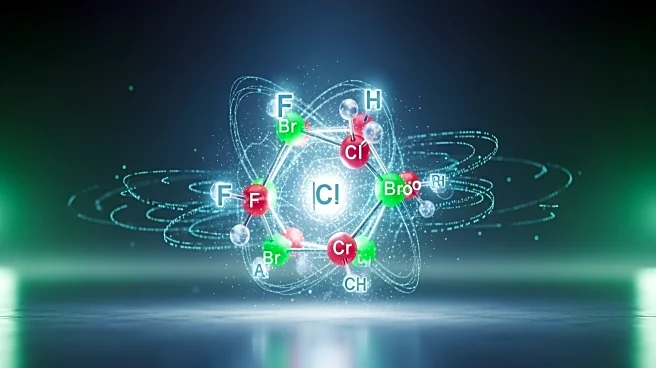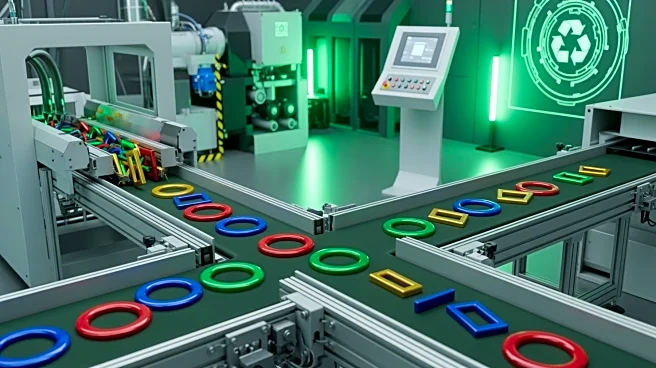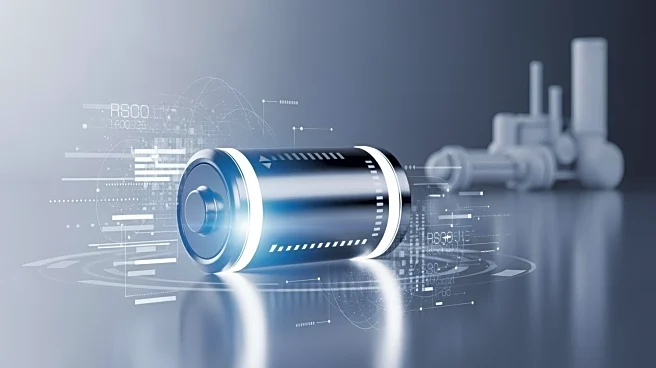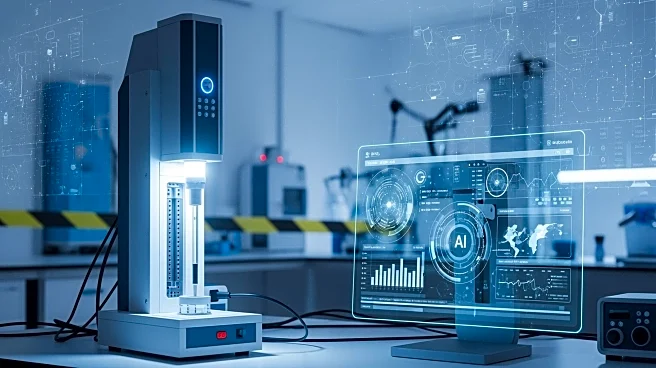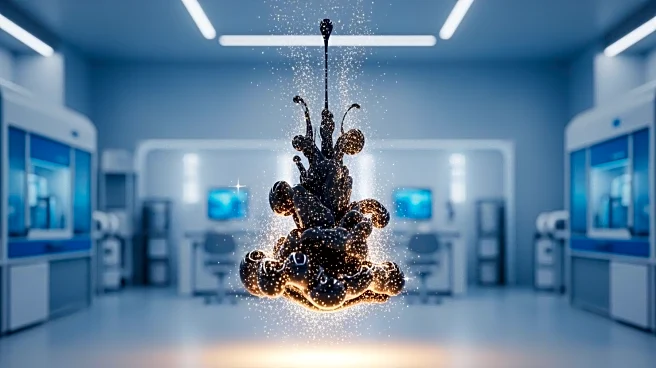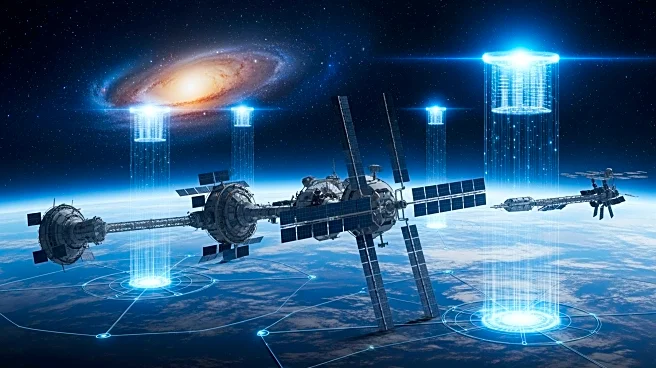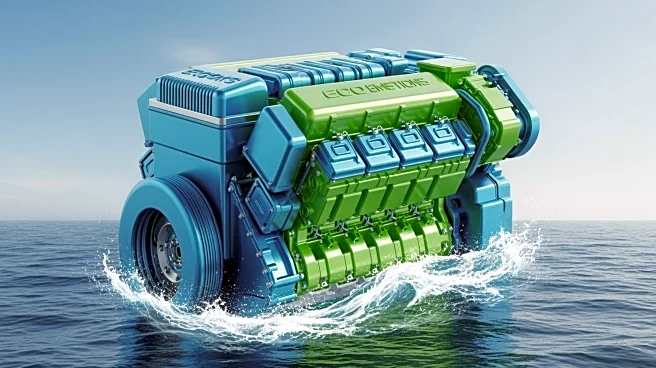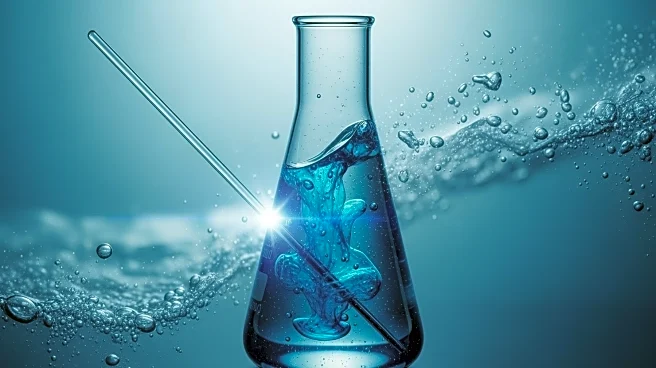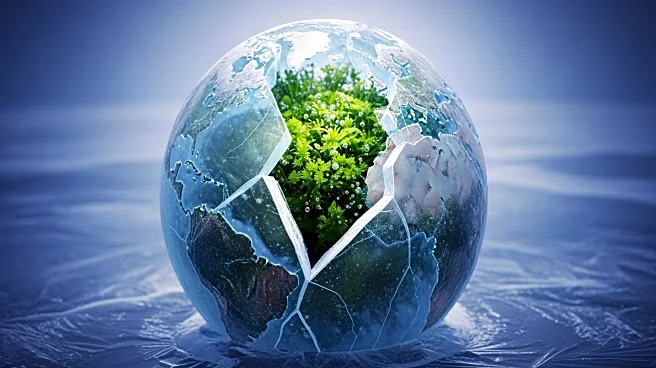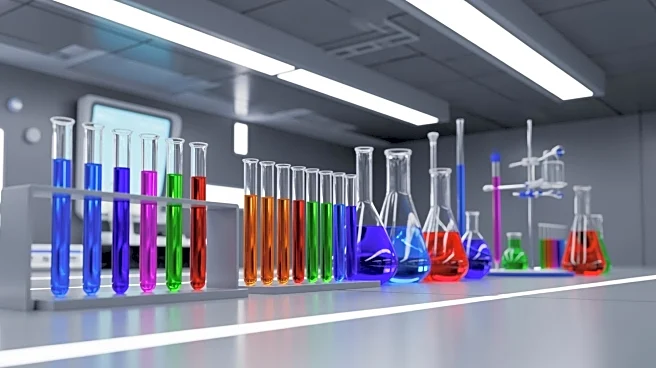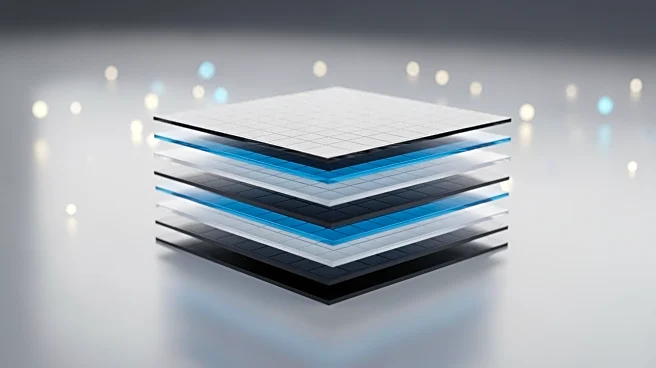What's Happening?
Xu Lu and his team have reported the development of an advanced high-pressure MEA electrolyzer, which integrates a single-atom indium-alloyed copper catalyst on the cathode side. This system is designed to convert high-pressure CO2 into ethylene under
20 bar pressure. Unlike previous moderate-pressure systems that focused on CO2-to-CO conversion, this new technology enables direct production of ethylene, a valuable industrial chemical. The system demonstrates exceptional operational stability, enhanced Faradaic efficiency, and elevated partial current density for ethylene production, outperforming conventional electrochemical CO2 reduction systems operating under ambient conditions. The system also delivers ethylene with 99.9% purity, meeting industrial standards for commercial use.
Why It's Important?
The development of this high-pressure MEA electrolyzer represents a significant advancement in the field of CO2 conversion technologies. Ethylene is a crucial component in the production of plastics and other chemicals, and the ability to produce it directly from CO2 could have substantial implications for reducing industrial carbon footprints. This technology not only enhances the efficiency of CO2 conversion but also offers a pathway to utilize CO2 as a feedstock for chemical production, potentially transforming waste CO2 into valuable products. Industries that rely on ethylene could benefit from more sustainable production methods, aligning with global efforts to reduce greenhouse gas emissions.
What's Next?
Further research and development are likely to focus on scaling up this technology for commercial applications. The high-pressure MEA system's ability to produce ethylene with high purity suggests potential for integration into existing industrial processes. Stakeholders in the chemical and manufacturing industries may explore partnerships or investments to leverage this technology for sustainable production. Additionally, regulatory bodies might consider incentives or policies to encourage the adoption of CO2 conversion technologies as part of broader climate change mitigation strategies.
Beyond the Headlines
The use of high-pressure systems in CO2 conversion could lead to new insights into the chemical processes involved, potentially opening up avenues for other high-value chemical productions. The shift in bicarbonate formation observed in the system could inform future designs of electrochemical cells, enhancing their efficiency and stability. This development also highlights the role of advanced materials and catalysts in driving innovation in sustainable technologies.
